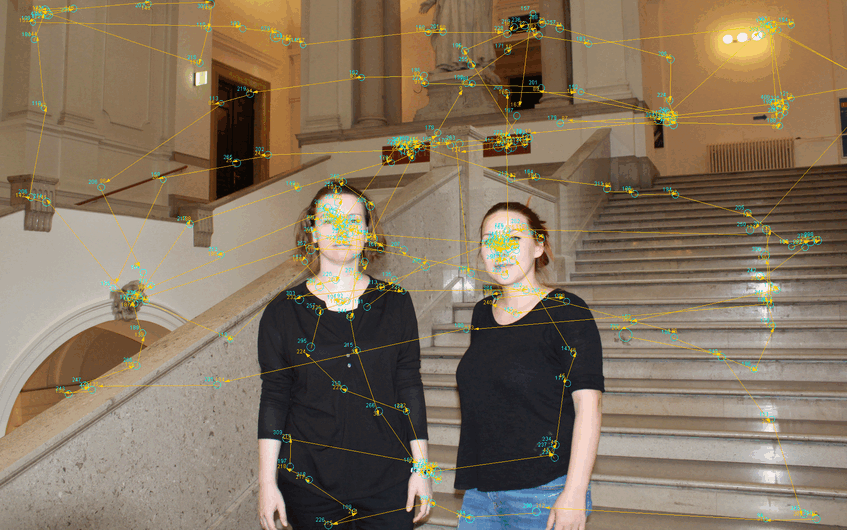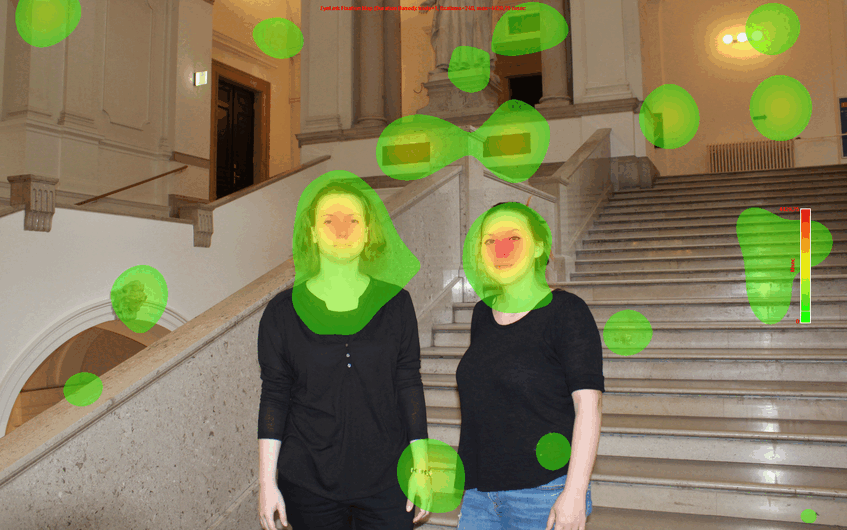Facial Beauty
Faces are amongst the most important and special object categories for human vision. They offer important social information, allowing us to identify familiar people, read subtle emotional expressions, and make social inferences about the sex or age of people. In our lab, we focus on a specific part of face processing, namely the perception of facial attractiveness of a face. Facial attractiveness is an immanent aspect of face processing, with many consequences for social interactions in that attractive people are treated and assessed more positive in various ways. We look at facial attractiveness from a basic psychological perspective in that we consider it an excellent vehicle to study basic cognitive and emotional phenomena, addressing a wide range of psychological topics. Above all, we think of facial attractiveness as a central aspect for the development of our aesthetic sense as a product of evolutionary adaptations. We thereby try to answer the question why humans even have developed the ability to judge the aesthetics of objects and which function it serves. Investigating the aesthetic sense in faces and its consequences for visual attention, Helmut Leder received a three-year FWF-grant in 2015 for the project “Beauty Demands Longer Looks! An Adaptive Aesthetic Sense”. Further topics addressed in our lab are the role of memory and social factors on the assessment of facial attractiveness, private and shared taste in face assessments, the question what makes a face attractive, and many more. As an overarching aspect of our studies, we often use facial attractiveness as the biological standard example in empirical aesthetics, in that we compare it to man-made objects like art. In investigating our research questions, we employ a wide range of methods, including behavioral experiments, eye tracking, fEMG, and—most recently—fMRI. We think that facial attractiveness is an excellent subject to study basic psychological phenomena in the intersection of perception, cognition, emotion, attention, memory, neuroscience, and evolution.



